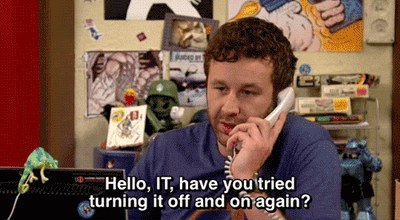Remember when going on the internet was depicted this way?
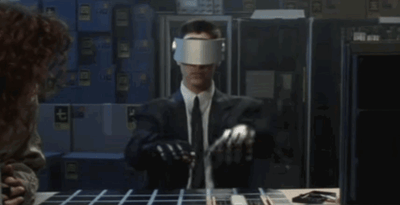
Or when this was what “fending off a cyberattack” looked like?
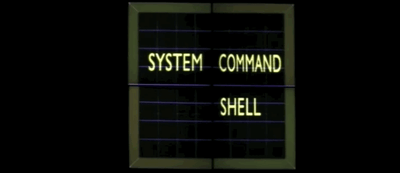
These days, we have a more discerning audience with considerable tech literacy, a critical eye, and the power to nitpick inaccuracies through social media. Whether or not there is a direct correlation, or due to other factors such as the way companies like Google and Facebook have taken hold of our lives, we are seeing more technology work being featured in pop culture.
For example, HBO’s Silicon Valley provides a satirical reflection of the famous tech companies and startups we love and loathe, as well as the trials and tribulations of building software. In USA’s Mr. Robot, the hacks are real, with an actual team of infosec consultants conducting feasibility testing and research for seconds of onscreen dramatization. There are many more gems out there including AMC’s Halt and Catch Fire, which reimagines the historical moments that led to the rise of personal computing in the 1980s, along with the The IT Crowd--a British sitcom that captures the dysfunction of a tech support department at a large corporation.
My personal favorite, Hidden Figures, is not so fictional. It is the real-life account of three African-American female mathematicians in the 1960s who worked at NASA as “human computers” and helped to launch astronaut John Glenn into orbit.
In looking back at all these onscreen depictions of coding and overall technology work, I began to see the many ways in which we could learn from these fictional characters. Even with inaccurate portrayals, I gained plenty of insight about how society views our field of work.
The following are the 10 things I’ve learned from depictions of coding in TV and movies:
Warning: Mild spoilers ahead for those who haven’t seen the shows mentioned above.
-
Building and/or being part of a great team is everything. When you are surrounded by supportive folks, and you have rapport and chemistry with your team, you truly can achieve anything. No one goes it alone when building a big product or achieving something amazing.
-
No one is a “Rock Star Developer.” If they are, you may not necessarily want to work with them anyway. Even the best in their field write bugs and may not necessarily work great under tight deadlines. In the sixth episode of Silicon Valley’s first season, the main character hires a young programmer, known as The Carver, who reputedly has superior coding skills but ultimately reveals that even the best of the best can make catastrophic mistakes.

-
While this is shown quite often in TV and movies, there is no such thing as having the code “flow” from you and getting it perfect the first time. Most would agree that coding is hard work. It takes a lot of QA and testing to get right, and even then, you might have tricky edge cases you missed.

-
Get up and walk away from your screen once in a while. Talk to another human being. Sketch out the problem you are trying to solve. Inspiration can strike from the oddest places.
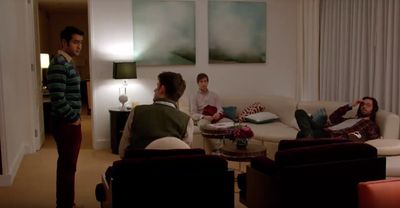
The scene before the main character, Richard Hendricks, accidentally makes a pivotal discovery in the last episode of Silicon Valley, Season 1
-
You must stay current and skill up. In Hidden Figures, Dorothy learns of the installation of an IBM 7090 electronic computer that would ultimately replace her job. Despite all the barriers she faced including being barred from borrowing books in a segregated library, she teaches herself and her team Fortran and eventually gets promoted, having a long, successful career in NASA.
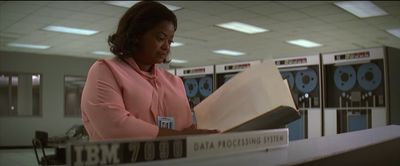
Octavia Spencer as NASA supervisor Dorothy Vaughan
-
Be vigilant about sensitive information, whether in your personal life or at work. Mr. Robot teaches a number of things, including the importance of using strong passwords and two-factor authentication whenever possible, as well as the way social media posts could potentially be used against someone. In several episodes, the hacker group “fsociety” exploits these vulnerabilities, reminding us to always stay on top of security best practices.
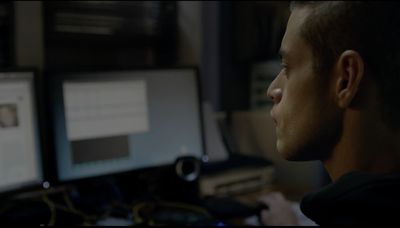
Rami Malek as Elliot Alderson, a cybersecurity engineer and hacker
-
SCRUM, Kanban, SWOT....Use tools that suit your team in order to set goals, allocate resources, and plan sprints.
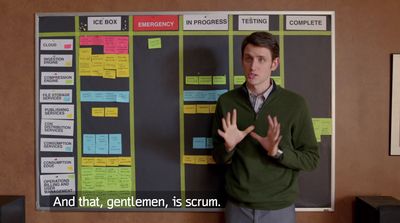
Zach Woods playing Jared, head of business development at Pied Piper introducing SCRUM
-
Failure is part of the game. The key is in learning how to recover and move on. Almost all the main characters in Halt and Catch Fire experience it quite frequently, while the folks at Pied Piper had to fail many times in order to make their product better.

-
Always think about the end user and actively ensure that the feature you’re building will be of high value for everyone. Otherwise, you may become “Apple Maps” bad.
-
When all else fails, always go with Roy from the The IT Crowd’s go-to advice:
